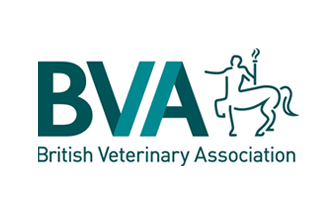Sheep castration, tail docking, and pain management
What's the issue?
It is essential for sheep health and welfare, that any procedures having the potential to create pain and suffering should be balanced against the need for that procedure. Castration and tail-docking are sometimes routine husbandry procedures and, because they are painful, efforts must be made to reduce their use, especially where there are alternative management techniques.

What's our view?
For many flocks, we recognise that tail-docking is currently the only practical means of managing the serious negative health and welfare outcomes of fly-strike. However, docking should be considered a last resort approach and should always be in consultation with a veterinary surgeon.
Where castration and/or tail docking are considered to be necessary, this should be in consultation with the farm’s veterinary practice as part of the farm health and welfare plan. Associated pain should ideally be minimised through the use of local anaesthesia and appropriate analgesia, however, this is impeded by the lack of licensed products for use in sheep.
Castration should only be carried out when alternatives are not compatible with the overall management of the farm. Where possible, pain should ideally be minimised through the use of local anaesthesia and appropriate analgesia, taking into account the lack of licensed products.
Sheep castration, tail docking, and pain management policy position
Sheep castration, tail docking, and pain management policy statement - Executive summary
Sheep castration, tail docking and pain management policy - executive summary
Get involved
- Contact our policy team for more information.
